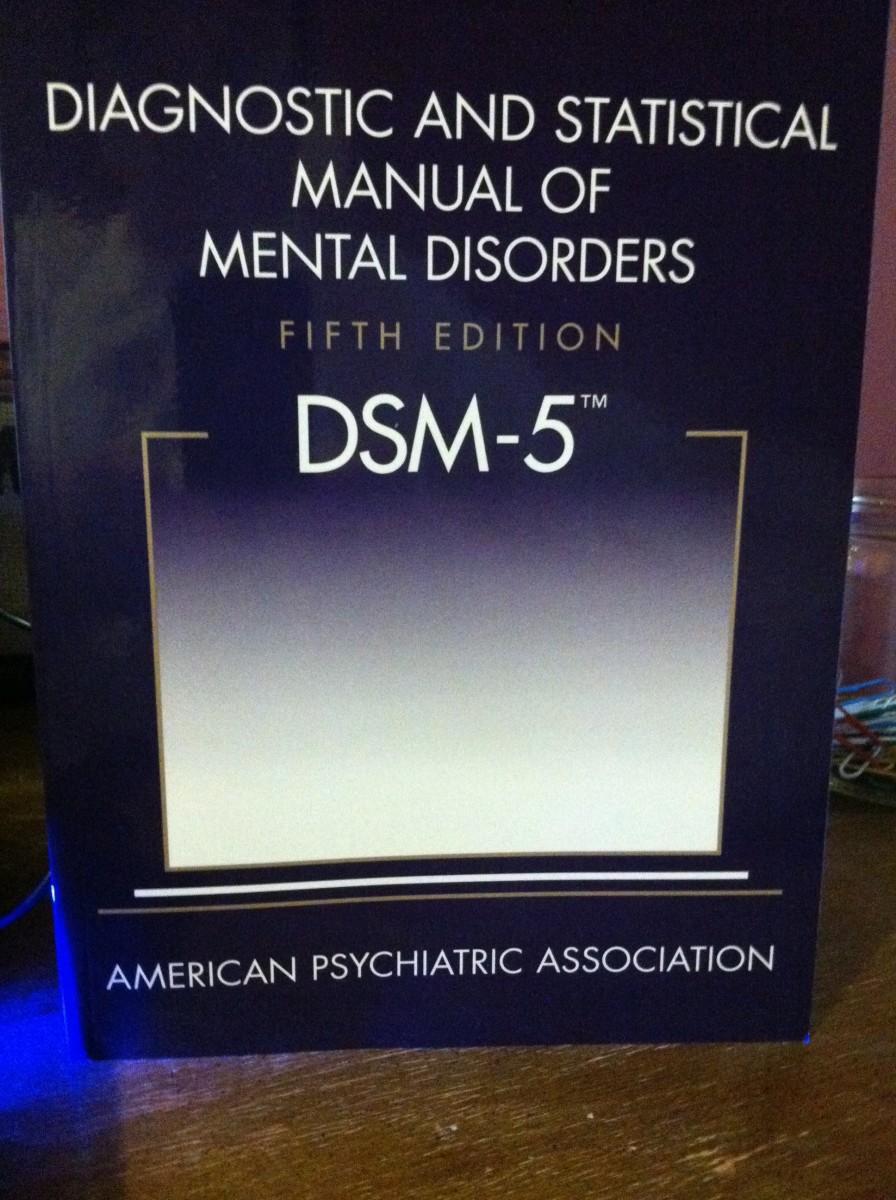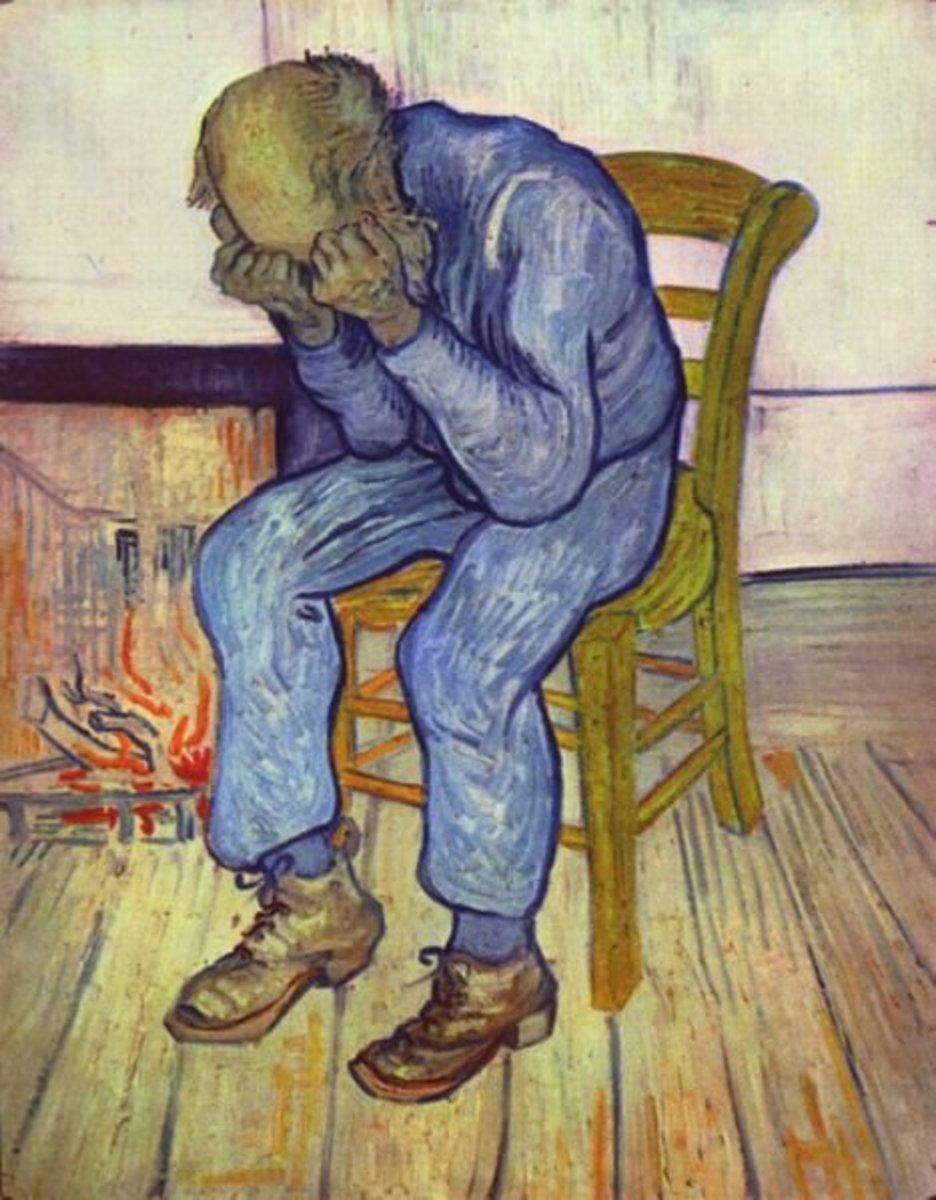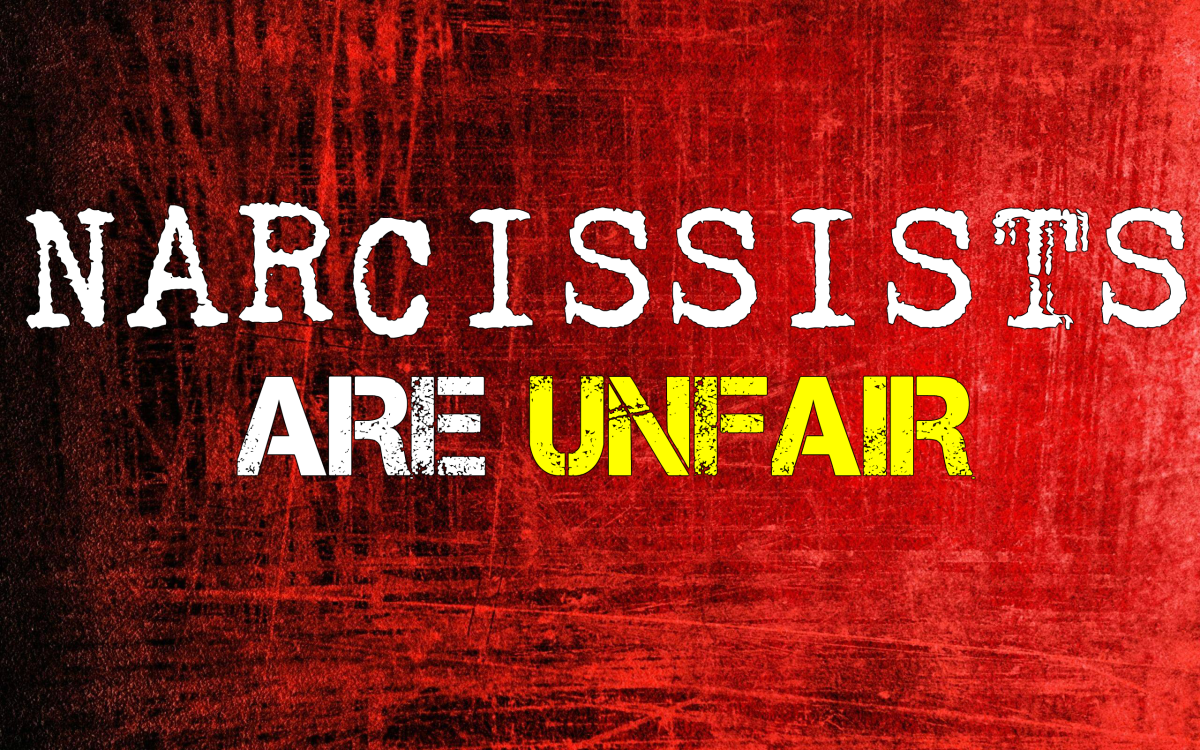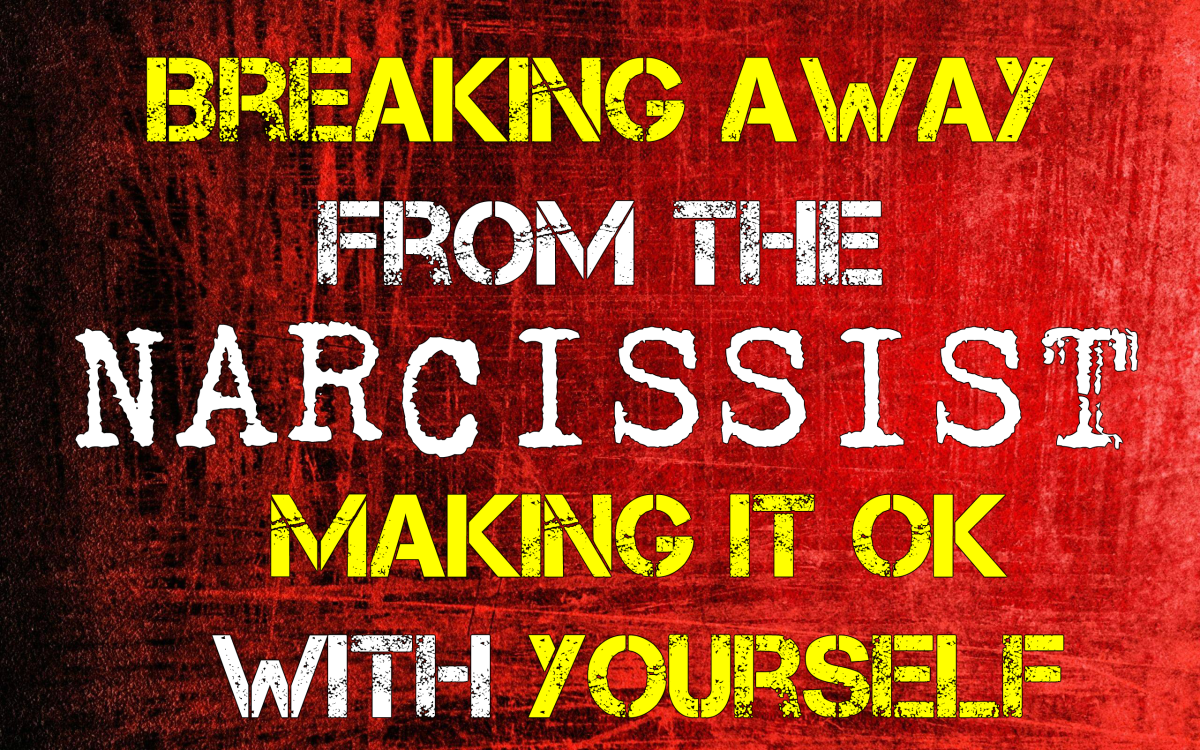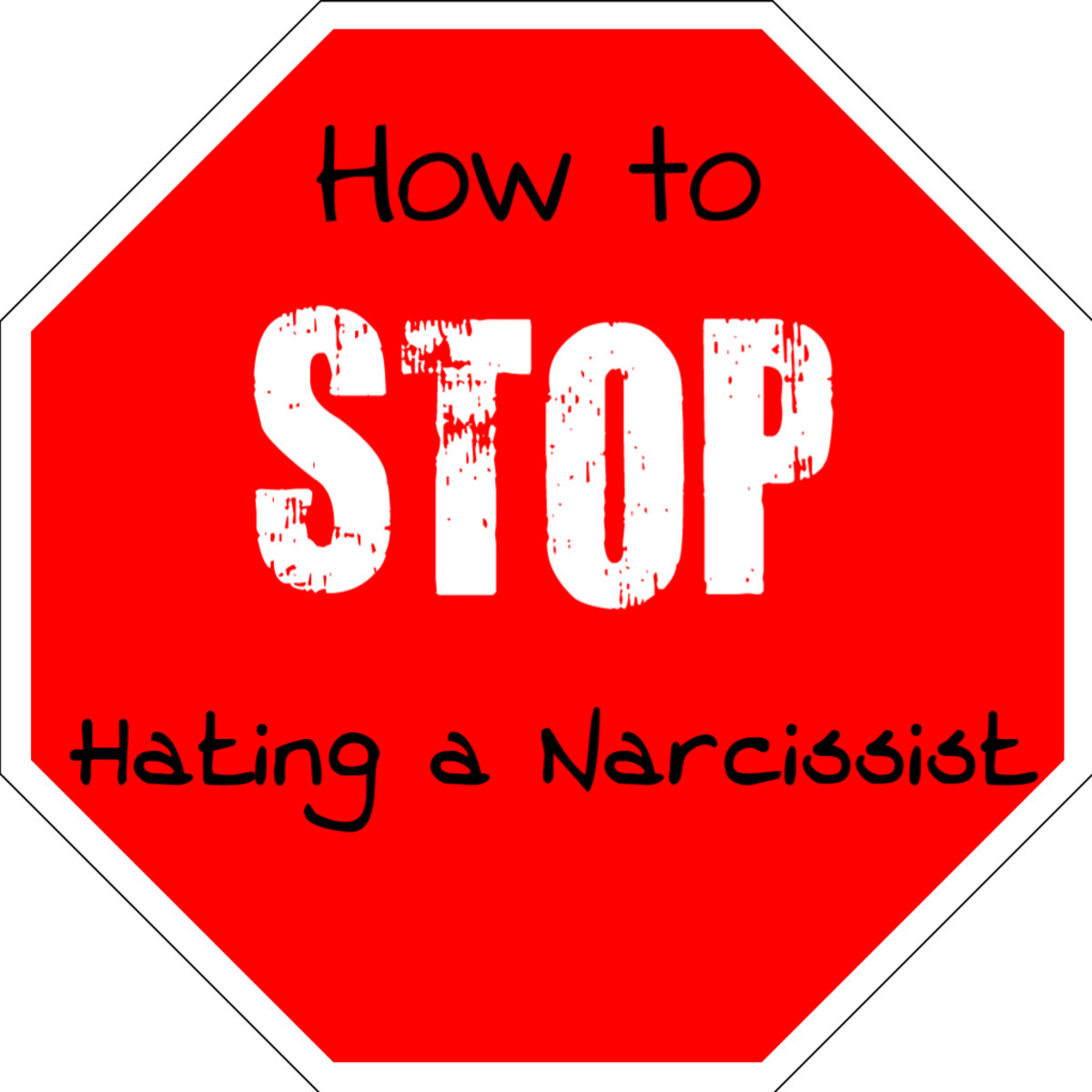- HubPages»
- Health»
- Mental Health»
- Personality Disorders
Borderline Personality Disorder - The Cure
Borderline Personality Disorder

Borderline sounds as if it is a minor problem or one that is on the border of being a problem; this is NOT so, it is a major psychological condition.
Borderline Personality Disorder - The Cure
Introduction
Borderline sounds as if it is a minor problem or one that is on the border of being a problem; this is NOT so, it is a major psychological condition. The term "borderline" was first introduced in the United States in 1938. It was a term used by early psychiatrists to describe people who were thought to be on the "border" between the diagnoses of psychosis and neurosis. This means that if the symptoms get any worse, the person would be diagnosed psychotic and possibly schizophrenic.
Generally it appears at early adulthood and affects approx 2% of the population (over 1 million people in the UK). It affects more females (75%) than males (25%), and is diagnosed by its behaviour; there are no physical symptoms or tests to confirm the diagnosis.
What is Borderline Personality Disorder
Borderline personality disorder (BPD), also known as emotionally unstable personality disorder, is a long-term pattern of abnormal behaviour including unstable relationships with other people, unstable sense of self and unstable emotions.
The most basic definition is that it is an emotional regulation system disorder. In other words the person does not have, or has lost the ability to control her emotions.
Borderline people have powerful emotions which are too strong for them to control. They feel that they do not fit into the world as they see it and so sometimes they call it the, “I don’t fit in disorder”. Attempts by them and others to make them fit in just result in anger.
Strangely, because borderline people are not in control of their emotions, they need other people to regulate them. Then they fight against the people who try to regulate them and give them structure. It is important to realise that borderline people cannot survive without others.
If someone asked a borderline person what she wants most in the world, she would answer, “Teach me how to live!”
The symptoms of Borderline
There are no physical symptoms of BPD, there are no blood tests or scans that can point to a diagnosis. The condition is diagnosed by its symptoms.
The typical symptoms of BPD are:
-
Fear of being left alone, rejected or abandoned.
-
A pattern of unstable relationships with caregivers and lovers.
-
Poor self image.
-
Impulsive and reckless behaviour.
-
Suicidal behaviour, including self harming.
-
Mood problems and swings.
-
A feeling of emptiness.
-
Inappropriate anger.
-
Passing, stress related paranoia.
-
Testing relationships, often to destruction.
Sufferers feel that they have to get their feelings out or they will obsess about them.
Effects of having Borderline
At the core of BPD is the fear of rejection; this colours all of their beliefs, redefines their perceived history, and sets out how they relate to people.
Sufferers have mood swings, feel that they are “being got at”; one minute say that their partner is the greatest and next complain bitterly about them, they feel suicidal, fear that their partner will leave; they may end a relationship first in case their partner threatens to leave. People with BPD often test relationships to see how strong they are, but their need to test goes further and further until it eventually breaks.
They test relationships to destruction
In essence, the following are the most common effects of having BPD:
-
Sufferers do not see the wider picture going on around them or in other people. Events are viewed solely in a catastrophic and intensely personal way of how it affects them.
-
It is not possible to have a relationship with a BPD person who hates you on day one, likes you on day two and loves you on day three, and then starts with day one again.
-
The BPD person feels she does not fit in, she has no groups to belong to; she is the lone Martian living on earth.
-
She will indulge in overt and covert manipulation in order to feel safe and secure.
-
She will be hyper-sensitive to any small comment or event and overreact instantly to it.
-
There is no sense of proportion; all emotional outbursts are 100%.
-
When perceiving a “hurt” will seek confirmation from all around that her reaction is justified; and will become angry with anyone who does not agree.
-
For the family, someone with BPD is a disaster. Due to the inevitable poor responses from the family to the over-the-top responses, she will feel rejected which is the one thing she fears most.
-
She needs to vent her emotions, after which she will feel less anxious.
-
BPD results in the use of coping mechanisms such as drugs, alcohol, self harming, risk related sex and suicide. These coping mechanisms are used as a distraction to enable the accumulation of tension to be managed. The fact that these mechanisms are dangerous is unimportant.
Self harming and suicide
As stated above, BPD sufferers need to do something to relieve that tension and powerful emotions, and find distraction a beneficial tool. Research has demonstrated that self harming relieves the power of the emotions and therefore is worthwhile. Research suggests that 50% of sufferers indulge in self harming.
It is vital that she has someone or people that give her approval or she will have no point in living. She must have hope.
Suicide and self harming must not be viewed in the same way. Self harming is not a suicide attempt; it is a way of relieving distress. Suicide is the action taken when there is no hope, and when it is perceived that no one benefits from her continued life. Suicide rates are higher in this group than in any other, at 10% and most completed suicides take place after three attempts.
Cause of BPD
BPD is not a physical problem or a genetic condition; it is learned. The main people in a child’s early life are its parents, so the main causes of BPD are the parents and the home environment.
The cycle is formed in the following way:
-
The young child hears something (real or imaginary) that it interprets as criticism.
-
Criticism means rejection so the child feels rejected.
-
The child becomes hypersensitive to any new (real or imagined) criticism which reinforces her existing beliefs.
-
When a specific point is reached she is so sensitised that she finds criticism everywhere (real or imagined); the cycle is now able to sustain itself.
-
The accumulated mountain of rejection leads to behaviour described as BPD by late teens to early twenties.
The result is low self esteem, feeling bad to the point of worthlessness. At a deep level, she feels that the criticism is unfair and the consequential injustice results in anger. The anger knows no bounds and is usually instant.
People around her have to walk on eggshells but it is of no use; she can always find criticism and her behaviour will provide plenty of opportunity to do that. The hypersensitivity is so sharp that it reaches the level of paranoia, assuming everyone is watching and criticising her all the time. She believes they are thinking it even if they do not verbalise it. Her expectation and perception of criticism is so great that it is beyond reality; this is when her paranoia risks becoming psychotic.
The Borderline person seeks ways of relieving the bad feelings and reaches for alcohol, drugs, sex, smoking, food and self harming. She frantically searches for people that she can relate to; initially putting them on a pedestal then rubbishing them if she believes they are critical (real or imagined) of her for something.
It is interesting that some children in a family may be affected and some not. It is the sensitive child who is the most at risk.
This hypersensitivity (now BPD) can be easily taught, so it is familial. Someone who has a parent with BPD is five times more likely to suffer with Borderline. It helps if the family is large because the parent’s behaviour is diluted. A Borderline single parent of an only child is the most likely to pass it on.
BPD is therefore a learned complaint, due to real or imagined rejection
Treatment for Borderline
BPD is a learned condition (or a failure to learn properly) and therefore it can be unlearned. The past only defines the person until they define themselves. This means that it is not the fault of the sufferer if they have BPD, but it is their responsibility to resolve it.
A part of the process of recovery is to learn about themselves. It is important that they develop a realistic self image so that they can feel better about themselves. It is of no use having a low or inflated self image; it must be based on proper principles and not just on appearance, wealth or fame.
Along with other organisations, the National Health Service recommends a variety of treatments for BPD. The main ones being:
Dialectical behaviour therapy (DBT). A behavioural therapy incorporating mindfulness (meditation training) based on skills training to increase coping skills. It involves the idea that a non-supportive environment has contributed to the development of BPD in early life, leading to emotional dysregulation.
Mentalisation based therapy (MBT). Mentalisation is a psychological skill, and refers to the ability to consider one’s own and other’s mental states (emotions, wishes, beliefs and so on) in making judgements about situations. People with Borderline have more difficulty processing facts in some situations.
Therapeutic Community (TC). A treatment for personality disorder involving mutual support, care and challenge in a group based environment. TCs are also used in the treatment of addictions. Locations of possible NHS funded therapeutic communities can be found at: www.bpdworld.org/therapeutic-communities.html.
Art Therapies. These include art therapy, dance movement therapy, drama therapy and music therapy.
Transference-Focused Therapy. This is a psychoanalysis therapy based on the theories of Freud.
Borderline is treatable but medication may be needed at the outset to enable the powerful, raw emotions to be tamed. This enables the talking therapies to begin. It must be stated that anger is a major problem with sufferers and the anger triggers can only be dealt with when the person is calm.
In all cases the relationship between therapist and client is key. The therapist must be seen as an ally and not an adversary. This problem often arises due to the paranoia of the Borderline character, believing that the therapist must take sides; either with the client or against them.
A further problem arises with therapists, and that is burnout. The success rate for BPD is relatively low, not much better than that for schizophrenia and due to the nature and presenting condition of the client progress is difficult. Some therapists see the lack of improvement as frustrating and may even end the therapy due to lack of progress. The choice of therapist is therefore vital; the wrong or inexperienced therapist may inadvertently make the condition of their client worse.
The key to successful therapy must be to let go of past grievances and focus on the present. Old thinking habits must therefore be challenged and experience all present emotions with perspective and proportion. As a part of the process, facts must be discussed excluding judgements such as “good, bad, unfair” etc.
Many Borderline sufferers grew up in an environment where their emotions were either dismissed, told that they had no right to feel that way, or that they were being silly. The result was that they grew up feeling worthless and guilty for having such feelings. Powerful emotions therefore make the sufferer feel that they are bad. The overall aim of psychotherapy is to break the cycle of rejection, worthlessness and failure, but to experience their emotions in a more measured way.
Recovery
Recovery is often difficult and takes time; the mainstream therapies mentioned above can go on for years, and in-patient care can be for between one and two years. Some of the issues of recovery include:
-
Borderline people may feel uncomfortable in normal company, more like aliens.
-
The familial pattern must be broken, or they may pass on BPD to their children.
-
A good idea during treatment may be to admit to their family that, “I am feeling rejected right now”. This will teach their family how to rephrase and recognise triggers that will illicit an angry response.
-
It is useful for parents to understand that they do not have to be right all the time. Sometimes it is better not to contradict or correct unless really necessary.
-
Recovery from BPD must be seen as a marathon and not a sprint.
-
Those with BPD are extremely sensitive in the same way that rubbing a bad burn with sandpaper is sensitive. Those in contact with BPD should not walk as if on eggshells, but be aware that highly sensitive antennae are tuned into every word, looking for hidden meaning.
-
Borderline people should look for ways to soothe themselves such as playing music when aroused.
-
Relaxation techniques must be investigated and adopted in an attempt to slow down or minimise the explosions.
-
In addition to psychological support, it is important to look after the body, so correct eating, avoiding drugs and alcohol; sleep and exercise are important.
-
Borderline people should be encouraged to be gentle with people. Many BPD sufferers have a fearful temper and can frighten their friends and family.
-
They should be willing to apologise (only once), remember to adhere to their moral code and be truthful.
-
Criticism must be given carefully; their behaviour can be criticised but not their character.
-
Everyone, including the BPD sufferer should remember that being constructive is more important than being right.
-
Success rates are dependent on the ongoing commitment of the BPD sufferer.
Close
It would appear that Borderline Personality Disorder is certainly something to avoid, because once acquired, it is hard to remove. Once it is in a family, the likelihood is that it will be passed on. Though recovery rates are low, this must be seen in the light of very low support levels. If support levels were increased, the numbers of recovered Borderline sufferers would improve. Where support is available, the results are encouraging, once an accurate diagnosis is made.


